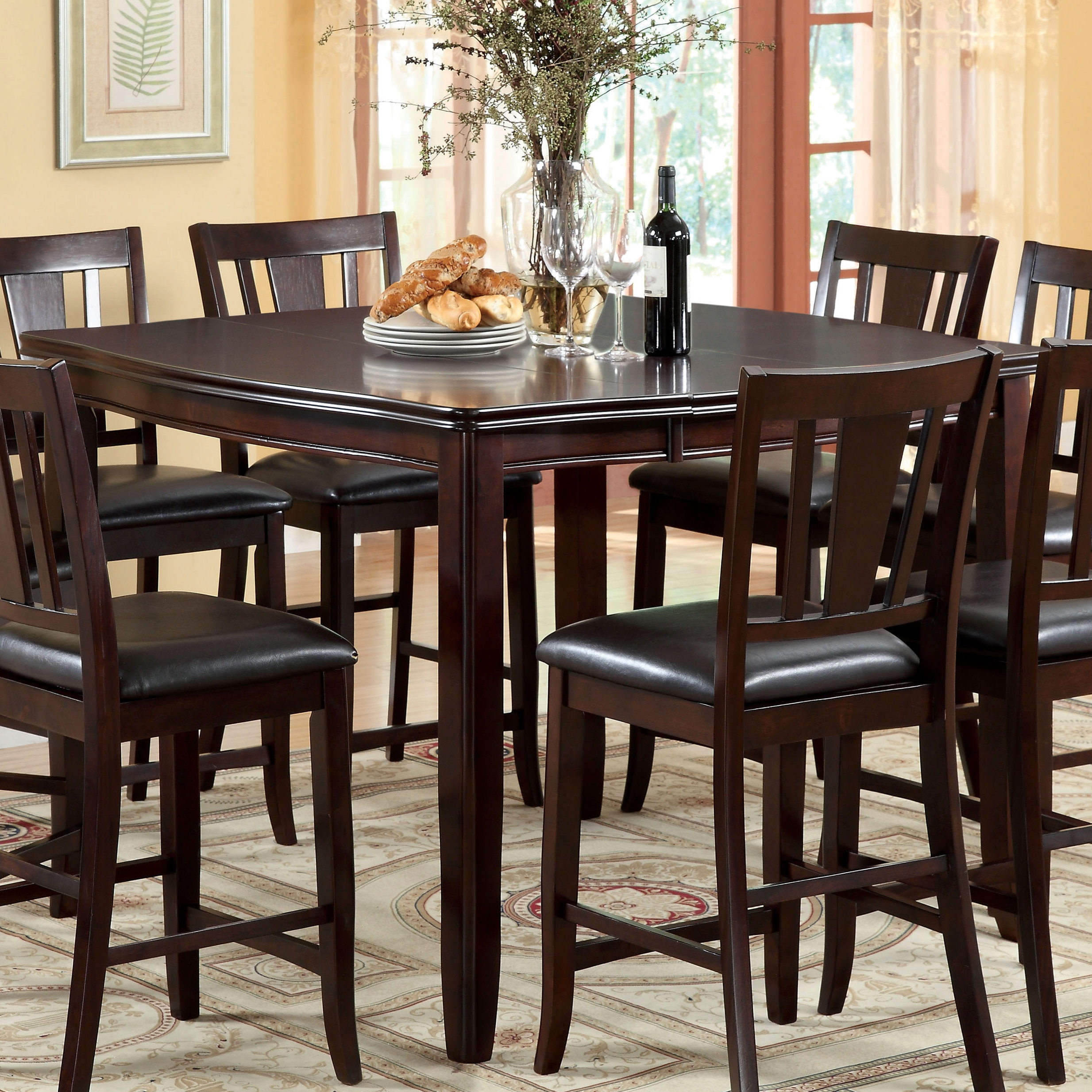
This Picture was rated 3 by BING for keyword 7 Piece Counter Height Dining Room Sets, You will find it result at BING.COM.
Wallpaper META DATA FOR Sets Steve Silver Company Montblanc 7 Piece Counter Height Dining Set's Picture| TITLE: | Sets Steve Silver Company Montblanc 7 Piece Counter Height Dining Set |
| IMAGE URL: | https://media.cymaxstores.com/Images/1461/384933-L.jpg |
| THUMBNAIL: | https://tse4.mm.bing.net/th?id=OIP.LG5SKZvpC3n43xFrD83VPwD6D6&pid=Api&w=180&h=181 |
| IMAGE SIZE: | 148640 B Bs |
| IMAGE WIDTH: | 798 |
| IMAGE HEIGHT: | 798 |
| DOCUMENT ID: | OIP.LG5SKZvpC3n43xFrD83VPwD6D6 |
| MEDIA ID: | 080B214BF35AC9A057F964D6055F3F604DFF2866 |
| SOURCE DOMAIN: | cymax.com |
| SOURCE URL: | http://www.cymax.com/Steve-Silver-Montblanc-7-Piece-Counter-Height-Dining-Set-MB5454PT-7PKG.htm |
| THUMBNAIL WIDTH: | 180 |
| THUMBNAIL HEIGHT: | 181 |
Related Images with Sets Steve Silver Company Montblanc 7 Piece Counter Height Dining Set
Furniture Bedroom Dining Room Kids39; Furniture Living Room Office TV

Hokku Designs Nappa 7 Piece Counter Height Dining Set amp; Reviews

Artisan Home 7Piece Counter Height Dining Set
Bension Espresso 7piece Counterheight Dining Set by Enitial Lab Inc.
A dining room is a room for expending food. In modern times you typically adjacent to the kitchen for convenience in serving, although in medieval days it was often on an entirely different storey level. Historically the dining room is furnished with a rather large dining table and a number of dining chairs; the more common shape is generally rectangular with two armed demise chairs and an even number of un-armed side chairs along the long backs .
History
In the Middle Ages, upper class Britons and other European aristocracy in palaces or big manor house dined in the largest passageway. This was a large multi-function room capable of seat the bulk of the population of the house. The household would sit at the head table on a heightened dais, with the rest of the population arrayed in order of diminishing grade away from them. Tables in the largest foyer would tend to be long trestle tables with terraces. The sheer number of people in a Great Hall meant it would probably have had a busy, bustling atmosphere. Propositions that it would also have been quite smelly and smoky are probably, by the standards of the time, unfounded. These rooms had large chimneys and high ceilings and there would have been a free flow of breath through the several door and window openings .
It is no doubt that the owners of such belongings began to develop a penchant for more intimate meets in smaller' parlers' or' privee parlers' off the primary hall but this is thought to be due as much to political and social changes as to the greater consolation afforded by such rooms. In the first instance, the Black Death that ravaged Europe in the 14 th Century caused a shortage of labor and this had led to a dislocation in the feudal system. Also the religion mistreatments after the dissolution of the monasteries under Henry VIII stimulated it unwise to talk freely in front of large numbers of people .
Over time, the aristocracy took more of their dinners in the parlor, and the parlor became, functionally, a dining room( or was split into two detached chambers ). It also migrated farther from the Great Hall, often accessed via grand ceremonial staircases from the dais in the Great Hall. Eventually dining in the Great Hall became something that was done mainly on special occasions .
Toward the beginning of the 18 th Century, a structure risen where the madams of the house would recede after dinner from the dining room to the drawing room. The gentlemen would remain in the dining room having guzzles. The dining room tended to take on a more masculine tenor as a result .
Comments
Post a Comment